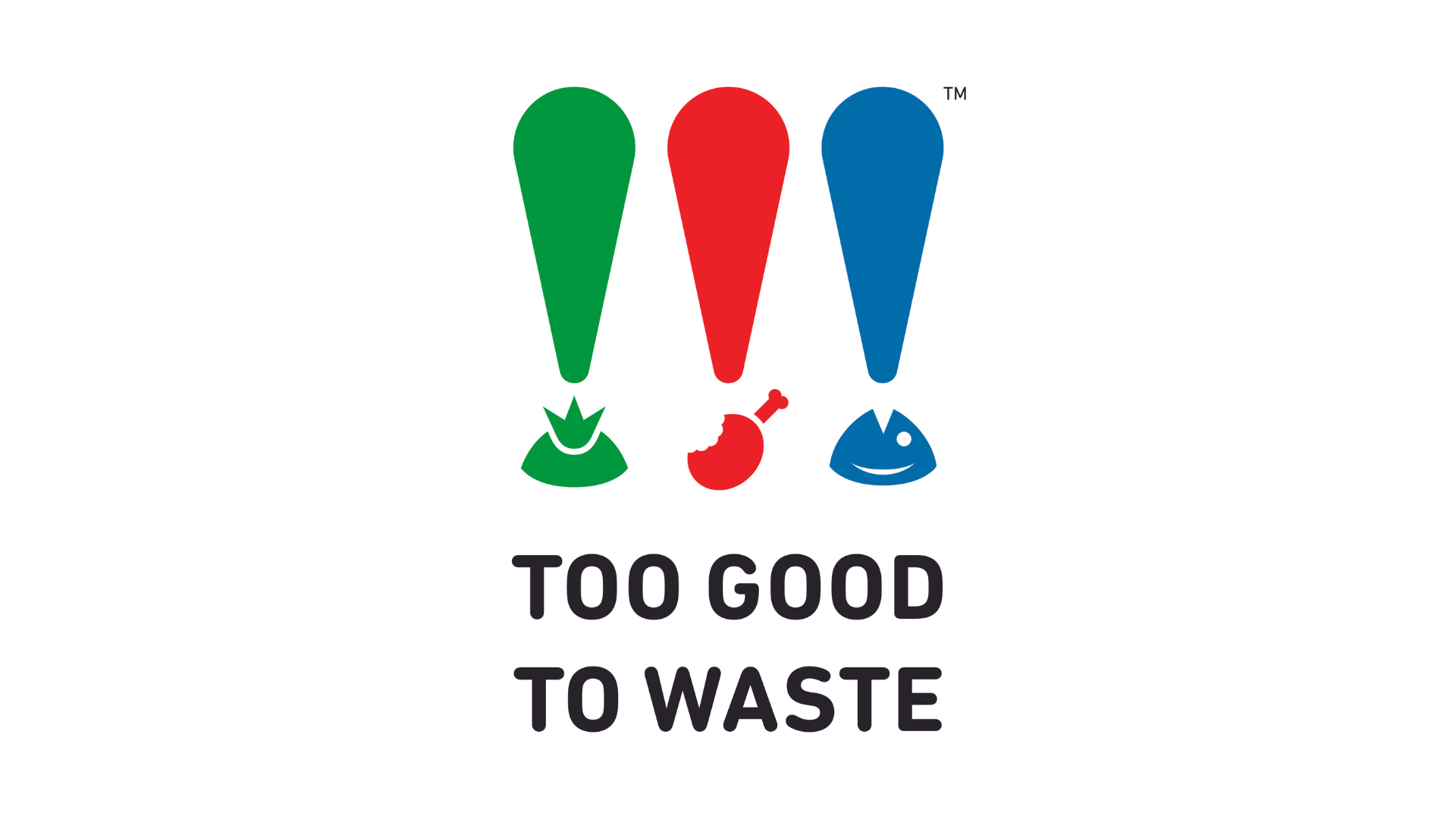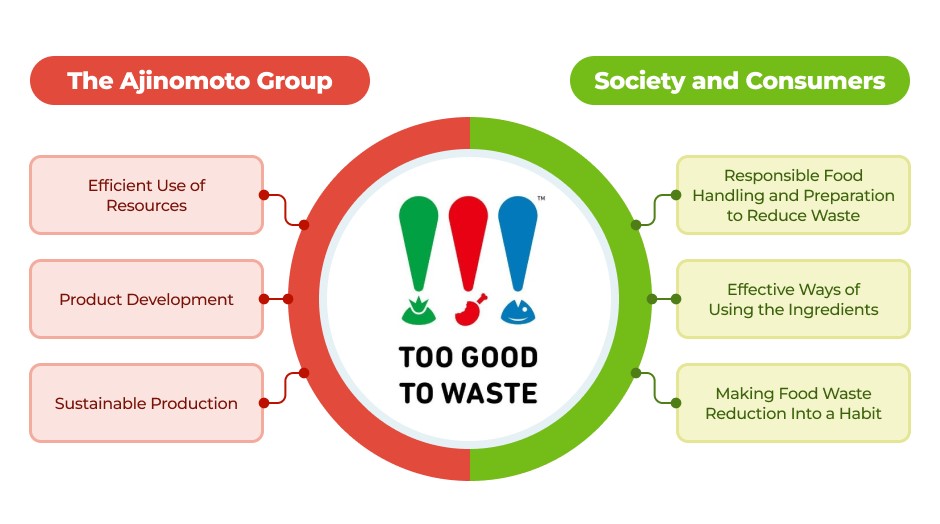
Food Loss and Food Waste in the Philippines
Every day, over one billion meals worth of edible food are wasted worldwide. On average, each person wastes about 79 kg of food yearly. This is equivalent to 1.3 meals per day for everyone experiencing hunger or enough food for 2 billion people.

But how much of this waste comes from the Philippines? One would think that the country famous for eating dinuguan, isaw, puso ng saging, sinangag, and other iconic dishes that maximize leftovers, would have no problem with wasting food. But according to the Philippine Institute for Development Studies (PIDS), approximately 2,175 tons of food waste are produced daily in the Philippines. A huge portion of that according to the Department of Science and Technology (DOST) is household plate waste—with rice (58%), vegetables (18%), and meat (9%) being the top 3 most wasted foods among Filipino households.
Have Filipinos forgotten the importance of finishing every last grain of rice on their plate? Have we lost our appreciation for dishes that show our ingenuity, tenacity, and resourcefulness? We’re not just wasting food and nutrients—we’re wasting our values.

Apart from that, food loss and waste contribute heavily to global warming and climate change. Food waste generates 8-10% of global greenhouse gas (GHG) emissions, almost five times the total emissions from the aviation sector. This happens while 783 million people are hungry and a third of humanity faces food insecurity.
Food waste means wasted natural resources like energy, fuel, and water. The Natural Resources Defense Council (NRDC) found that food waste accounts for a quarter of our water supply. Transporting food globally requires large amounts of oil, diesel, and other fossil fuels, further contributing to environmental degradation.

Ajinomoto’s Initiatives for Food Loss and Food Waste Reduction
With these social and environmental issues, the Ajinomoto Group has long worked to reduce food loss during production and processing, implementing several initiatives across the entire value chain to minimize food waste. For instance, Ajinomoto makes efficient use of the planet’s food resources through the effects of amino acids and fermentation technologies. An example of this is the recovery of fermentation liquids left over from making AJI-NO-MOTO® umami seasoning, which are then used as organic fertilizer and animal feed.
Ajinomoto also develops products that retain flavor longer to reduce waste and promotes production methods that leave little to waste and reuse food resources as feed or fertilizer.
To address consumer waste, the Ajinomoto Group spearheaded the TOO GOOD TO WASTE™ campaign, originally a Japan-based initiative aimed at helping consumers realize the potential value of food and rethink what they throw away. Now, the global reach of this effort to reduce food waste has extended to the Philippines.
Ajinomoto Philippines Corporation stands with Filipino households, ensuring that every effort is made to minimize waste throughout the entire Ajinomoto supply chain. APC believes that Filipino food, and Filipino food culture, is too good to waste. Which is why the global campaign is launching in the Philippines with a unique purpose—to not only reduce food wastage in the Philippines, but to help Filipinos rediscover the goodness in food that others might simply perceive as “waste”.

APC’s TOO GOOD TO WASTE™ Campaign
Ajinomoto Philippines Corporation’s campaign aims to raise awareness and offer food loss and food waste solutions in the Philippines, providing recipes that use leftover ingredients, and helping consumers enjoy delicious food while doing something good for the planet.
By sharing nutritious recipes that use leftover ingredients and methods to use ingredients completely, APC helps consumers save and reduce food waste.
Offering practical recipes and tips, Ajinomoto encourages consumers to creatively use all their ingredients and transform leftovers into new dishes. Our goal is to make food waste reduction a habitual practice for everyone, empowering individuals to contribute to the preservation of our resources and the environment through mindful consumption.

With this initiative, we creatively develop practical recipes that utilize leftover food and usually discarded edible parts. By educating Filipinos about food waste and promoting practices that minimize household waste, Ajinomoto’s TOO GOOD TO WASTE™ initiative tackles multiple important issues. It helps alleviate hunger, encourages communities to adopt sustainable food practices, and advocates for reducing food waste’s environmental impact.

Join the Movement
Be part of the solution to food loss and food waste and start making a difference today! Experience Ajinomoto’s Cookmunity website, where you can find all the Too Good To Waste™ recipes very soon.
References:
- Angeles-Agdeppa, I., Toledo, M.B., & Zamora, J.A.T. (2023). Does plate waste matter?: A two-stage cluster survey to assess the household plate waste in the Philippines. BMC Public Health, 23(1), 17. https://doi.org/10.1186/s12889-022-14894-z
- Food pillar: Leveraging existing infrastructure for a circular food system. Scale 360 PH. (2023, May 2). https://scale360.ph/food-waste-overview/
- Food wasted by the tons while millions of Filipinos go hungry. PIDS. (n.d.). https://www.pids.gov.ph/details/news/in-the-news/food-wasted-by-the-tons-while-millions-of-filipinos-go-hungry
- net. (2023, March 18). Dost: Rice, Veggies and meat top waste list; urges public-private action. https://newsinfo.inquirer.net/1744485/dost-researchers-urge-filipinos-to-address-food-waste-problem
- Lewis, J. (2024, March 4). How does food waste affect the environment?. Earth.Org. https://earth.org/how-does-food-waste-affect-the-environment/
- Rice, vegetables, and meat, the top 3 most wasted foods among Filipino households. (n.d.-a). https://stii.dost.gov.ph/1658-rice-vegetables-and-meat-the-top-3-most-wasted-foods-among-filipino-households
- SHS-Conferences. (n.d.-b). https://www.shs-conferences.org/articles/shsconf/pdf/2020/02/shsconf_glob2020_03010.pdf
- United Nations Environment Programme (2024). Food Waste Index Report 2024. Think Eat Save: Tracking Progress to Halve Global Food Waste. https://wedocs.unep.org/20.500.11822/45230.
